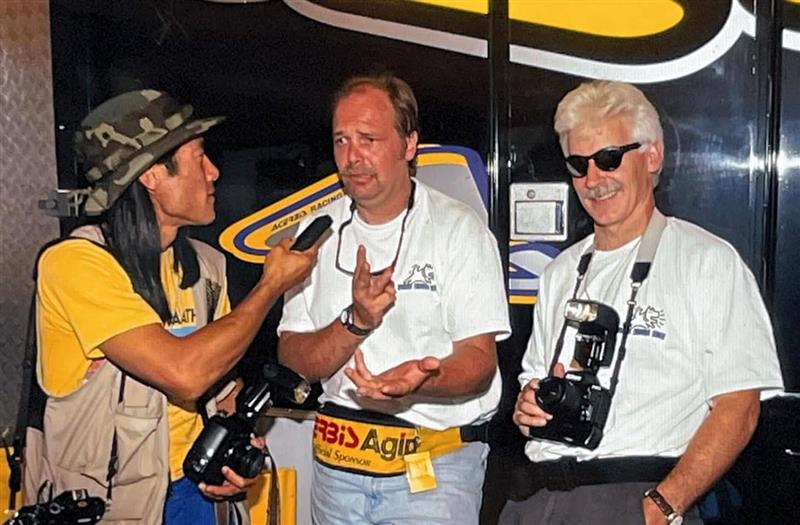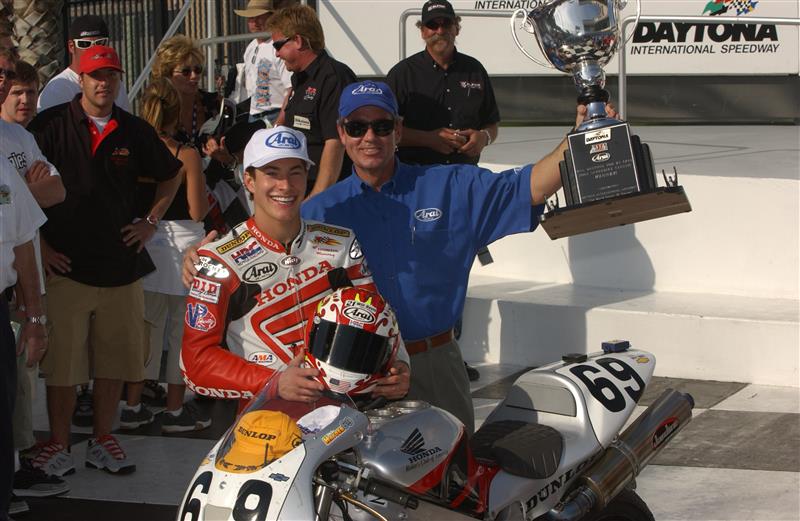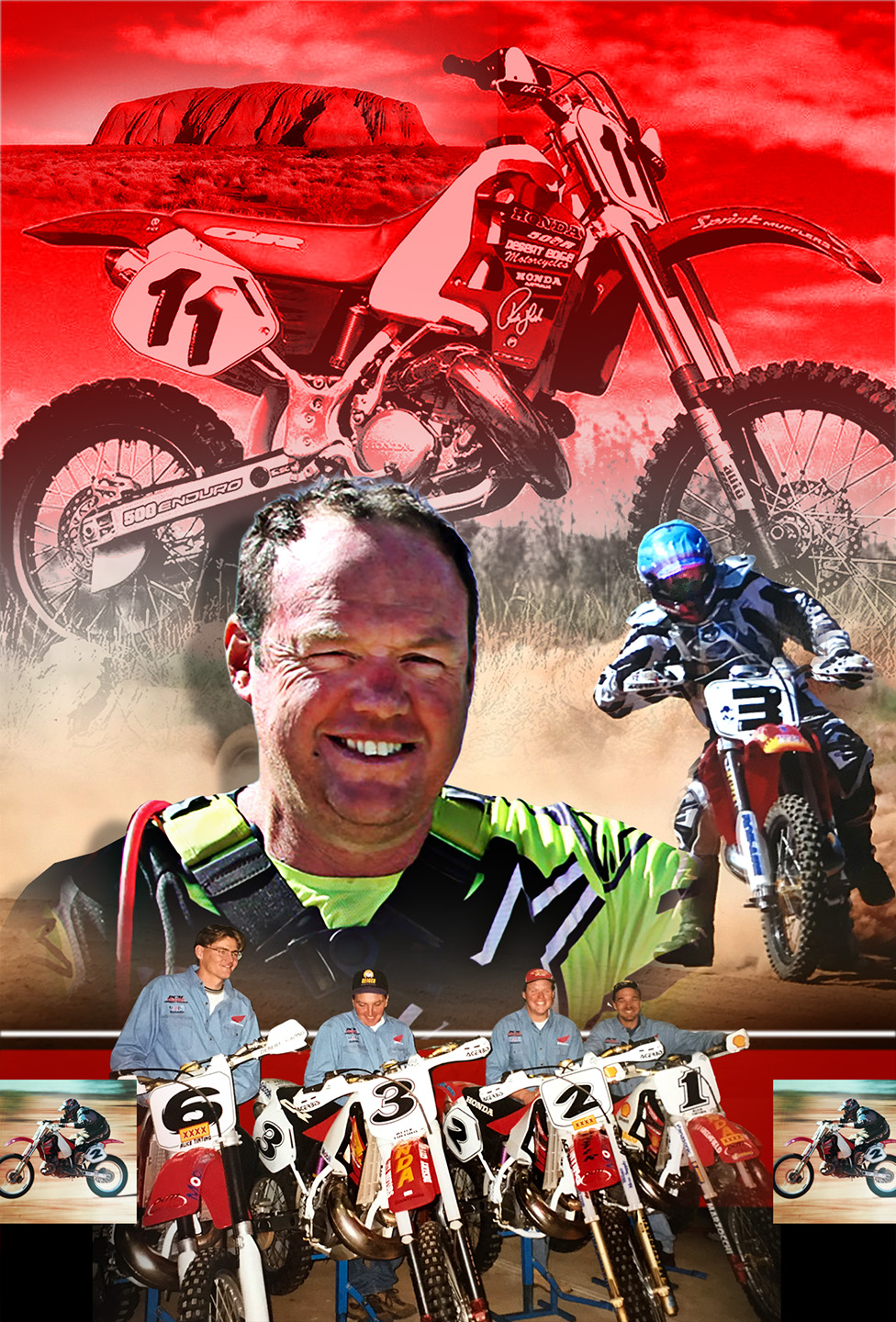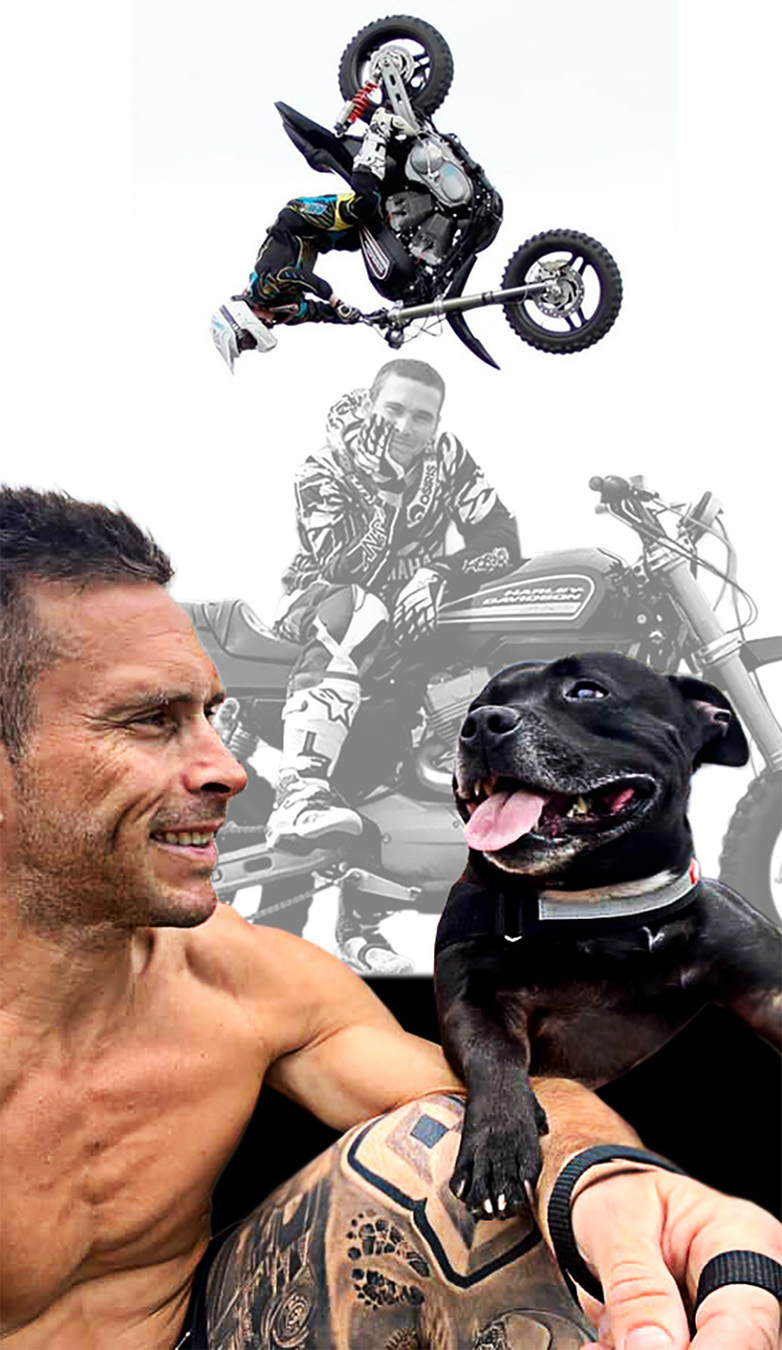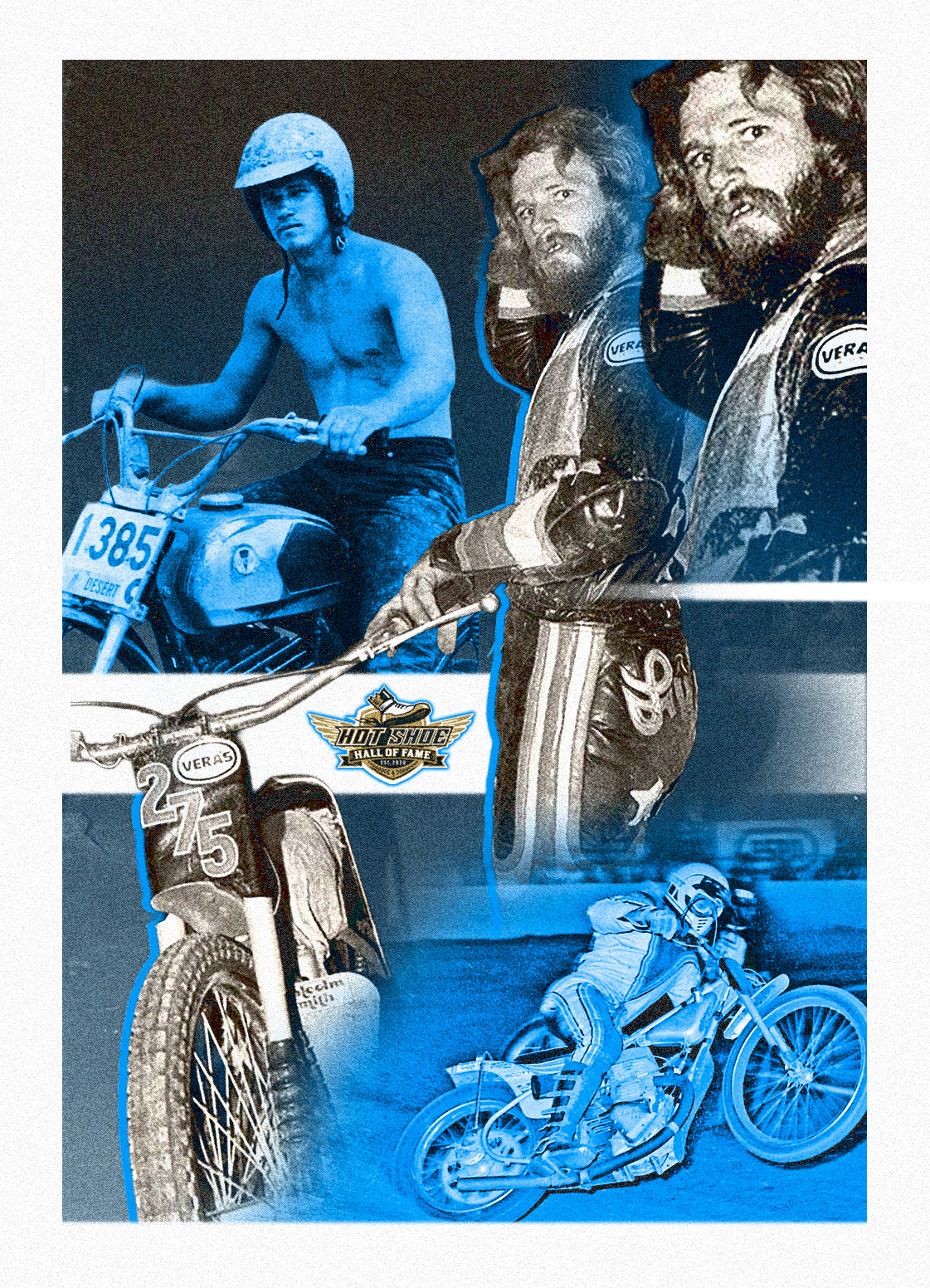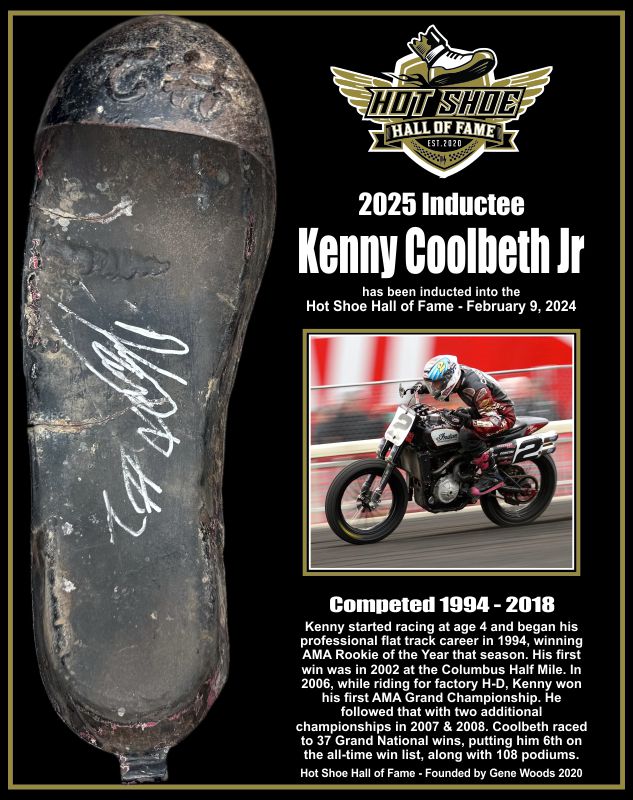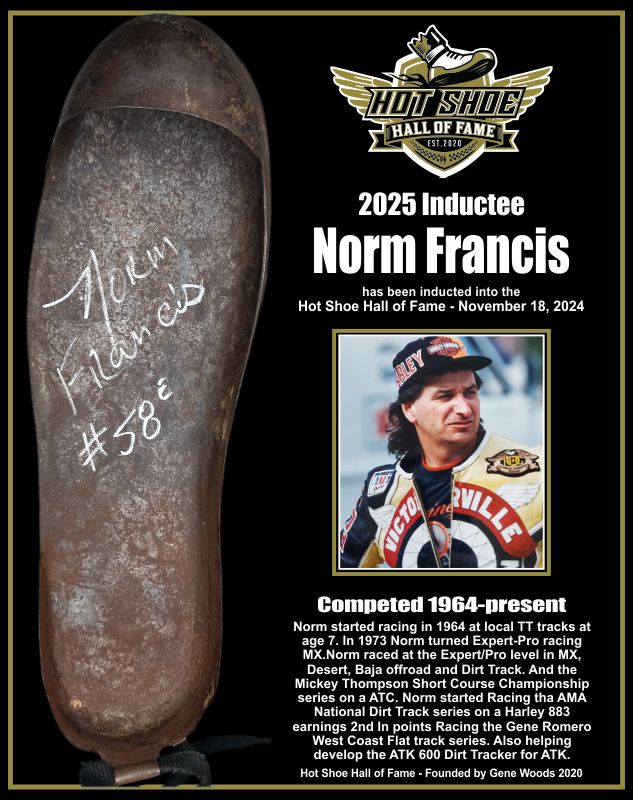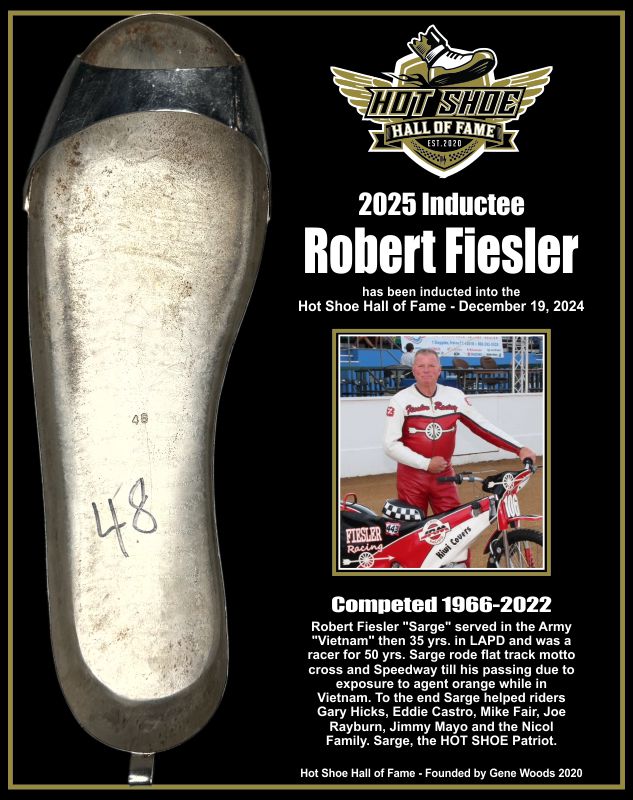jerryland
Five Questions with Trail Rider Magazine publisher Paul Clipper
JerryLand
Five Questions with Trail Rider Magazine publisher Paul Clipper
by Jerry Bernardo
Long before the days on being instantly satiated with race results and images there were hard-working moto journalists typing away in-order-to bring you the scoop each week. Times have changed and they are still active, but he tools and methods of delivery are the only things that have changed.
Paul Clipper cut his teeth in the journalist sector of the motorcycle industry. He did time at Dirt Bike Magazine, segueing onto a long incarceration at Trail Rider Magazine, a publication he bought in 1986. Paul knows everyone who was ever anyone on two wheels and possibly holds the keys to many of their tabloid worthy stories.
JB: Let take a trip back to the days of yore; you and guys like Super Hunky chiselling it out in the trenches of Dirt Bike magazine. Was that the supreme heyday of So Cal moto?
PC: I like to think of it as the second great surge of the moto heyday. Hunky created Dirt Bike mag in 1971 and rode that initial wave until he misbehaved enough to get chased away by DB's publisher at the time, Bill Golden, I think in 1975. That was the period where Super Hunky started working for Modern Cycle magazine. Hunky did a hell of a job at Modern Cycle, but the publishing company didn't have the horsepower to capitalize on the Hunky regime. In 1978 Dirt Bike was losing circulation numbers, and it was obvious that they needed a real character to turn DB around, and Dick Miller, who was the Editor of Motocross Action at the time, convinced Bill Golden--against his better judgement--to bring Hunky back into the fold. Dick arranged for Golden and Hunky to get together, and the story goes that they vented face to face and told each other just how much they just couldn't stand each other, kissed and made up, and once they got that out of their system Hunky was back on the payroll. Hunky said he wouldn't come back unless he could bring his own staff, and since he and I were working on freelance projects together at the time, he invited me along.
That was my big break. Without my buddy Rick Sieman I would never have broken into the big time. Honestly, he taught me everything he knew, and then I took what I learned from him and modified it to suit my own compression ratio. Working alongside of Rick, we managed to crank the circulation figures of Dirt Bike from a low of about 70,000 copies a month to over 210,000 monthly sales within a couple of years.
In that time, the sport fought its way through a "fuel crisis" wherein the price of gasoline started its climb through the roof, but all forms of offroad racing soared in popularity. Supercross emerged and took off, it wasn't unusual for offroad races to draw 600 or more entries. I liked to ride these family enduros in California, and one of them regularly drew 1000 to 1200 entrants--you'd finish the run and there would still be people on the starting line! So yeah, I think it was the second big surge of moto and offroad sport, a time when everybody got more serious. Accessory companies bloomed and exploded into huge money makers, moto bikes became more specialized, more competitive, and popularity of any form of racing went sky high. It was a huge wave, and I rode that wave into my next gig, which is when I purchased Trail Rider Magazine.
JB: When we met long ago at a goat ritual in New England, you were at the helm of Trail Rider Magazine. Running that program single handily kept you on your toes. How did you decide what events to cover given so many awesome races in the northeast to choose from?
PC: I would like to say that I just chose events that I thought would be fun for me, but there was more thought put into it than that. How many people were going to be there, was it a National or International event that would draw interest country-wide, or was it an event that drew a huge fan base? Like the Blackwater 100, for example. Blackwater was a Real Big Deal, and I'd be crazy to leave it off the schedule. But besides that, it was a ton of fun. And I was hell-bent on having fun, so we're right back to that.
JB: You were on location when privateer Tommy Norton gave us the biggest upset in off road history by winning the Blackwater 100. Those were the best of times in Davis, West Virginia. Describe the shocked onlookers’ reactions to not only a kid on a 125 winning America’s Toughest race, but the surprise of the pros having been beat by an unknown.
PC: Two things about that: Tommy Norton was NETRA Hare Scrambles champ at the time, but nobody in West Virginia had ever heard of him. Secondly, though Blackwater had a reputation as a really tough event...it really wasn't that tough compared to the typical offroad event in New England. You know that as well as me. The NETRA race entry fliers used to say things like ..."fun ridable trails, less rocks than last year!" And if you were there, you knew the truth: you were about to get your ass handed to you on a muddy platter. Tommy took the real New England experience and went down to West Virginia and had a ball zooming through the Blackwater slop. On a 125. And handed their asses to them on a muddy platter.
Really, when he broke into the lead, nobody knew who he was. They thought he was some dumb honyock who skipped a lap or cheated or did something or another to get in front of Eddie Lojak, but you know, that was just Tommy having fun and kicking ass. Which he was really good at.
JB: Print magazines are pretty much a thing of the past now. If it is not digital, or on your phone, it never sees the light of day. Do you miss having an actual magazine in hand to thumb through, be it your own work or any other moto rags?
PC: I grew up with a lot of magazines in front of me. I learned how to read from Mad Magazine and comic books, so magazines were my life when I was young. But that being said, I have to say that no, I don't really care if I have a physical magazine in front of me, I'm perfectly comfortable reading from a tablet or my phone. I'm not really interested in printing on paper anymore, the only thing that interests me is the words other folks write. I still get Cycle News (digital) every week, and I'll read something in there if it catches my eye, but honestly, I don't even go looking for all the other magazines anymore. I have my own opinions, and my own work ethic, and I'm just too critical of moto magazines in general. I do still get the printed version of Trail Rider every month, and I have to say I do read through it quickly.
I could go on. I could tell you stories about working with old hot-type systems, color separations, nuances of lithography, film cameras and darkrooms (two things especially horrible to publishers), copy editors and typewriters, postage regulations, art directors, artists and all the myriad other things that go along with print publishing. Tell you what, I'm damn glad to have come up through all that mess, but I love digital print and art. That's all I really need from now on.
JB: Retired life suits you it seems, but you still stay in touch with many from the industry. What do you miss most?
PC: I miss the sense of community we had, the huge number of friends I could call at any time just to shoot the shit. Remember I started in this business 46 years ago. So many of my old friends retired or moved on, or just up and died. Hunky. Hertfelder. Malcolm. Peter Starr. All the racers who moved on or passed on. I stay in touch with the few I still have a phone number for, but I'll tell you, it's getting lonely out here.

